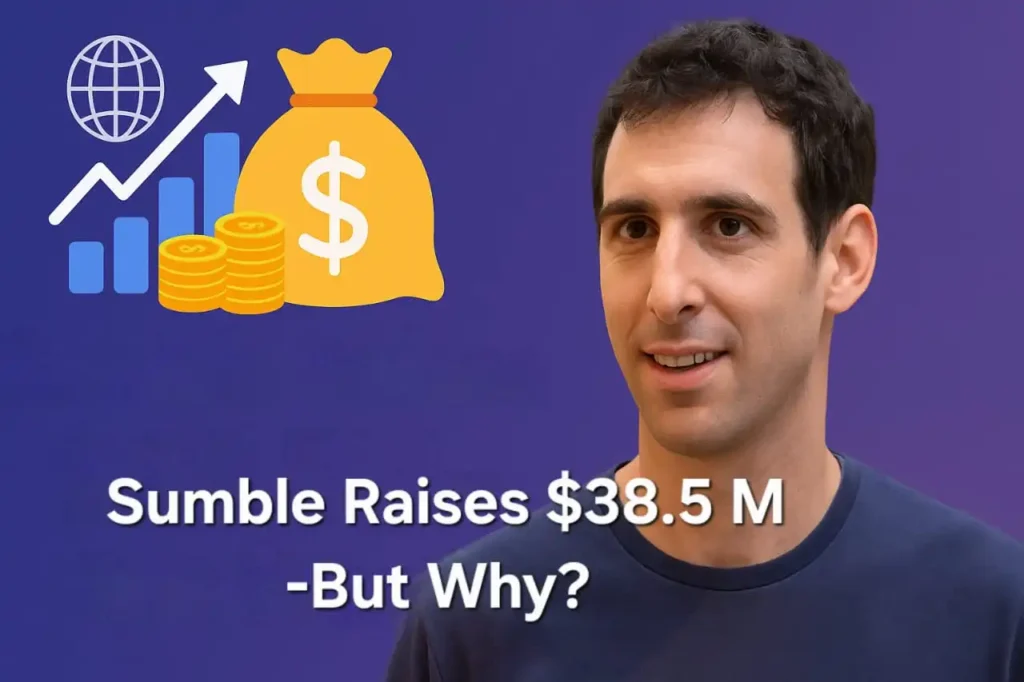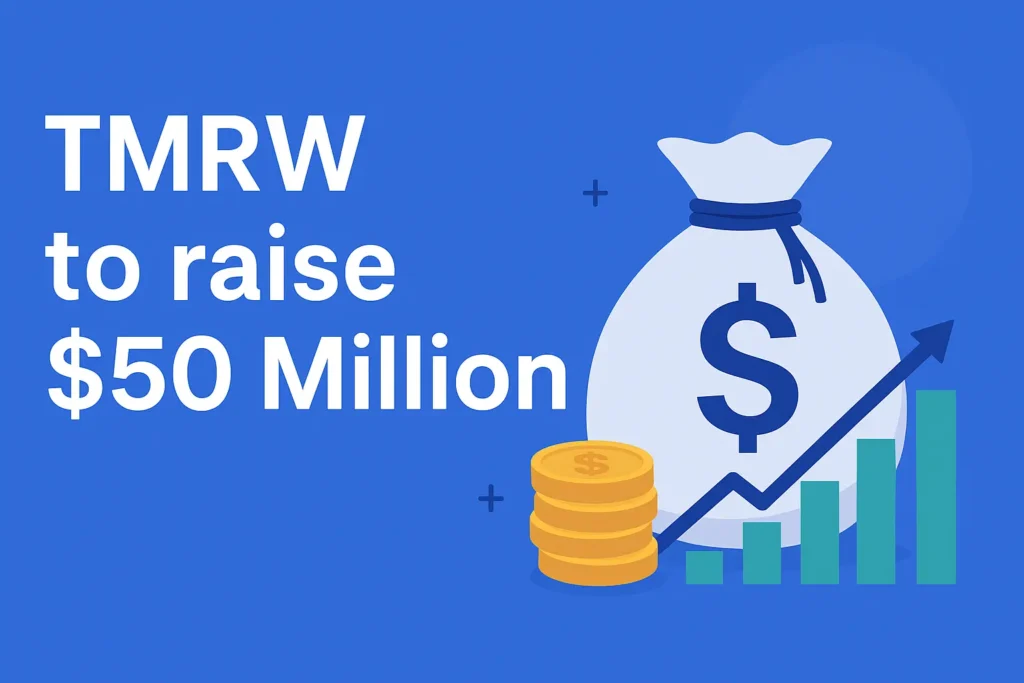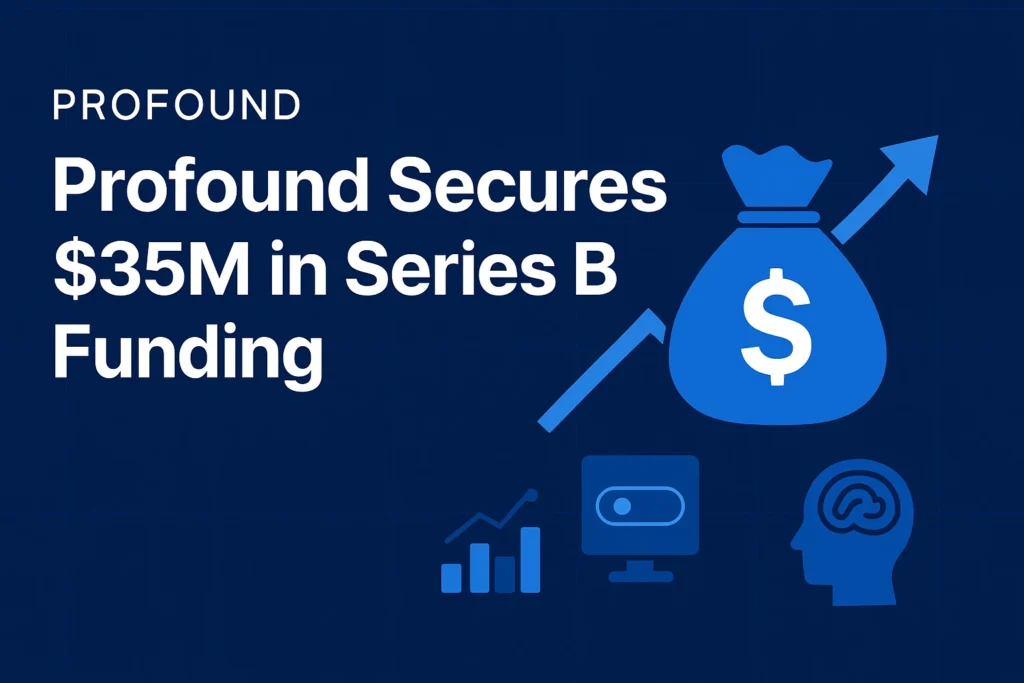The sales tech world just got shaken up. Sumble, a San Francisco startup, burst out of stealth mode with $38.5 million in funding—and everyone’s asking why investors are going this crazy over another sales platform. Here’s the thing: this isn’t just another tool. The Kaggle founders are betting big on a radical idea that’s already working. Let’s break down what’s actually happening here.
Kaggle Founders Launch New AI Sales Platform
Anthony Goldbloom and Ben Hamner aren’t rookies. These are the guys who built Kaggle—the data science platform Google eventually scooped up. Now they’re tackling B2B sales with the same intensity. The funding came in two waves: an $8.5 million seed round led by Coatue, then a massive $30 million Series A from Canaan Partners. But check out who else jumped in—Marc Benioff (Salesforce CEO), Nat Friedman (former GitHub CEO), Bloomberg Beta, and AIX Ventures. When people at this level write checks, you pay attention. Goldbloom also co-founded AIX Ventures, giving him serious AI insights. They built Sumble specifically to work with large language models like ChatGPT from day one.
From Data Lists to Real-Time Context: What Sumble Actually Does
Traditional sales platforms dump contact lists on you. Sumble does something completely different. It crawls social media, job boards, company sites, and regulatory filings to show what’s actually happening inside companies right now. The platform uses a knowledge graph powered by AI to connect public data into detailed profiles of over 2.6 million companies. You can ask questions like “Which companies just started hiring generative AI roles?” and get instant answers. Sales reps preparing outreach get the full story in seconds—current tech stack, hiring patterns, decision-makers, ongoing projects. The system stays fresh with continuous updates, not stale data from six months ago. It’s queryable by ChatGPT too, meaning you get contextually accurate answers grounded in real-time intelligence.
Why Marc Benioff and Top VCs Bet Big on Sales Intelligence
Follow the money and you’ll see the opportunity. Sumble hit 550% year-over-year revenue growth. That’s explosive. The adoption pattern is even wilder—companies go from one user to 500 monthly active users in just six months. Someone drops a Sumble link in Slack, the team discovers it, then it spreads across the entire office organically. About 30% of users pay for the Pro tier, which is unusually high conversion for sales intelligence tools. Investors aren’t just betting on today’s product though. They’re positioning for the AI future. As large language models get embedded into enterprise workflows, having a structured knowledge graph becomes critical. Canaan’s Rich Boyle nailed it—meaningful AI-powered sales requires clean, accurate, actionable data. That’s exactly what Sumble provides.
Snowflake, Figma, and Elastic Are Already Using It
The customer list speaks volumes. Snowflake, Figma, Wiz, Vercel, and Elastic—all companies known for sophisticated sales operations—are already using Sumble. Jesse Sladek, Elastic’s VP of Sales Strategy, specifically praised how Sumble helps their field teams find relevant signals that increase conversion rates. These aren’t small startups experimenting. These are enterprise sales leaders managing high-value deals where better intelligence directly impacts revenue. Tens of thousands of users are already on the platform, available as both a web app and API with enterprise integrations into existing CRM and workflow tools. If the viral adoption continues, that user count could explode throughout 2025.
Can Sumble Beat ZoomInfo in the Crowded Sales Tech Market?
Let’s be real—this market is brutal. Apollo.io, Slintel, SalesLoft, Cognism, ZoomInfo, HubSpot, Outreach—everyone’s fighting for market share. ZoomInfo has dominated for years with massive enterprise penetration. So what’s Sumble’s edge? The knowledge graph architecture. Goldbloom argues that the richness and constant refreshing of contextual data provides real defensibility, especially as LLMs integrate deeper into enterprise software. Competitors can scrape public data, but building a continuously updating knowledge graph that delivers genuine context requires sophisticated AI infrastructure. As companies adopt AI agents for prospecting, contextual intelligence becomes the differentiating layer. Stale contact data generates blocked emails and frustrated prospects. AI-driven outreach informed by real-time context about technology migrations and leadership changes? That gets responses. The funding will accelerate expansion—bigger engineering and data teams, deeper CRM integrations, expanded coverage of technology projects. Whether Sumble dethrones ZoomInfo remains uncertain, but they’re forcing the entire industry to rethink sales intelligence for the AI era.
Learn Business Model Of Sumble

My Name is Adarsh and I am Empowering startups with high-quality content at Startups Union and bridging the gap between brand stories.




